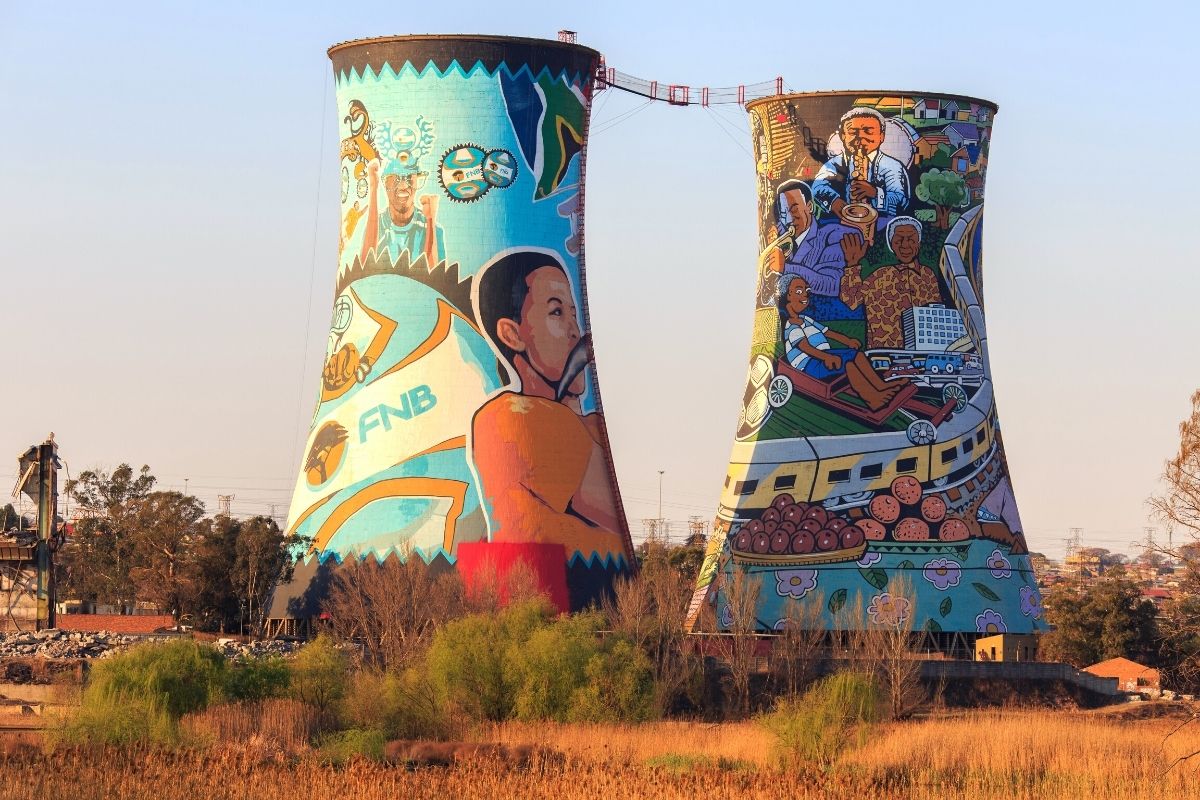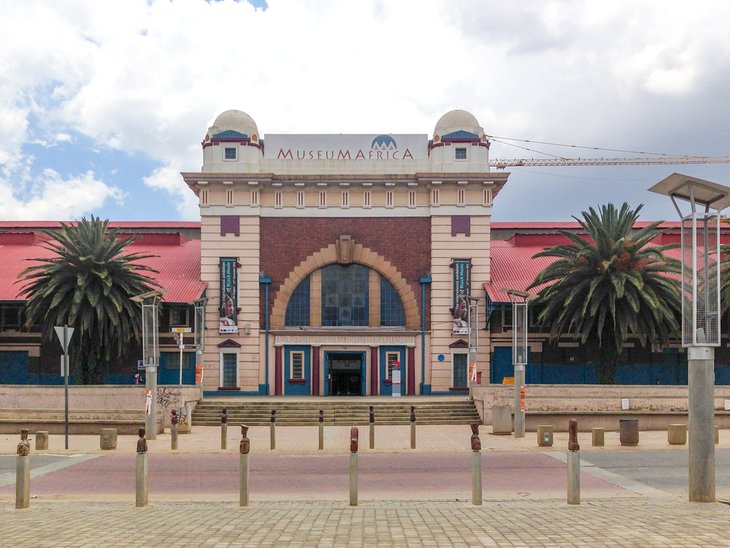10 Easy Facts About Johannesburg North Attractions Shown
10 Easy Facts About Johannesburg North Attractions Shown
Blog Article
6 Simple Techniques For Johannesburg North Attractions
Table of ContentsJohannesburg North Attractions Can Be Fun For AnyoneHow Johannesburg North Attractions can Save You Time, Stress, and Money.Everything about Johannesburg North AttractionsThe Buzz on Johannesburg North AttractionsNot known Incorrect Statements About Johannesburg North Attractions All about Johannesburg North AttractionsThe Basic Principles Of Johannesburg North Attractions
You ought to maintain security in mind and vacationers should remain sharp at all times when in unknown environments. Speak with the citizens when you are in community to learn about the area you are remaining in. Johannesburg North attractions. When on the road (this doesn't use to shopping malls and various other secure atmospheres) ideal general recommendations is to attempt your finest to resemble a neighborhood and to stay clear of showing any kind of type of wealth
The Best Strategy To Use For Johannesburg North Attractions
Teacher Revil Mason O. J. (Thomson, 1946) explored the Witwatersrand's pre-colonial history. His historical job exploded the 'em pty land' misconception, according to which the area was lacking human habitation before the arrival of European settlers. In his publications Prehistory of the Transvaal: A Record of Human Activity (1962) and Origins of Black People of Johannesburg and the Southern Western Central Transvaal AD 3501880 (1986 ), Teacher Mason showed the level of social and economic growth in the area before Europeans established foot right here.

Johannesburg North Attractions Fundamentals Explained
In 1878, David Wardrop discovered gold in quartz blood vessels at Zwartkop, north of Krugersdorp. In 1881, Stephanus Minnaar came across gold on the farm Kromdraai, near the Cradle of Mankind.
In March 1886, a protrusion (quickly to be called the Main Reef) was discovered, rather fortunately, on Gerhardus Oosthuizen's farm Langlaagte. Some say that the Lancastrian coal miner George Walker uncovered this coral reef. One more itinerant English prospector, George Harrison (who had previously worked in Australian mines) gotten a prospecting permit in regard of Langlaagte in Might 1886.
He determined to move on in a quest for greener pastures, and disposed of his Langlaagte claim for the baronial amount of 10. Alas: beneath lay the richest goldfield ever found. The discovery of this rich auriferous reef provoked a gold thrill that signified completion of agrarian serenity in the southerly Transvaal.
It would certainly, within 6 years, come to be the largest town in southern Africa. Within a years, it would make the Z. A. R. until then an anarchical and insolvent little state the richest nation in Africa. By the turn of the century, the Z. A. R. was to surpass Russia, Australia and the USA of America to come to be the world's leading gold manufacturer, generating more than a quarter of the globe's gold.
Johannesburg North Attractions for Dummies
It was known as Ferreira's Camp, called after Colonel Ignatius Ferreira. He was a Boer adventurer upon whom the British authorities had presented the condition of Companion of the A Lot Of Differentiated Order of St Michael and St George (entitling him to the post-nominal letters C. M. G.) in gratefulness for his duty in the war that had actually deposed the Pedi king Sekhukhune in 1879.
Soon the camp was including tents and wagons as novices showed up daily from everywhere. By September 1886, some 400 individuals lived in Ferreira's Camp, which soon boasted built iron and timber buildings. 2 other camps were established: Meyer's Camp on the ranch Doornfontein, and Paarl Camp. The latter was nicknamed Afrikander Camp; lots of people from the Cape Swarm worked out there.

Some Known Facts About Johannesburg North Attractions.
This name got currency by word you can try here of mouth, such that the State Assistant attested the name to the Mining Commissioner on 9 October 1886. Stands in the village were auctioned on 8 December 1886. While some stands were cost 10, others were torn down for as little as sixpence.
2 years later, these erven were to change hands for as high as 750 each. The tented camps decreased as my review here a dorp of corrugated iron buildings developed and increased north of the mines located along the Key Reef Roadway. Areas such as Jeppe's Community (where working-class immigrants erected their residences) and Doornfontein (where the upscale brand-new 'Randlords' began to create their opulent houses) were soon contributed to the ever-expanding map of the community.
Little Known Questions About Johannesburg North Attractions.
Apart from the street names, there were no indications of Johannesburg being located in a Dutch-speaking country. Years later, C. W. Kearns O. J. (one of the very first boys registered at St John's University in 1898) would recall: 'A weird fact regarding Johannesburg was that, although it remained in the [Boer Republic], nearly everybody spoke English and even the Federal government servants dealt with one in English, unless they were first addressed in the Taal (or Low Dutch)'.
Thus, Britain had a passion in ensuring optimal conditions for gold manufacturing on the Witwatersrand, which the gold was exported to London as opposed to Berlin a critical rendered all the more clamant by the Z. A. R - Johannesburg North attractions.'s increasing toenadering with Germany. Mine proprietors got on useful site a crash training course with President Kruger, whose plan of monopolistic concessions (often provided to his cronies) avoided mining business from obtaining products of products (especially dynamite) and labour on their very own, less costly terms
Johannesburg North Attractions Things To Know Before You Buy
In 1890, the Volksraad had restricted the franchise business to white guys who had actually lived in the Z. A. R. for fourteen years or longer, hence disqualifying a lot of the immigrants (that happened to be the major factors to the fiscus). Nonetheless, agitation for the vote was a plain pretext for advertising a different program; the majority of uitlanders regarded themselves as short-lived visitors and had no objective of continuing to be in the Z.
Report this page